Introduction
Dog ownership can be a incredibly rewarding experience, but it’s essential to acknowledge the potential risks involved. One of the most significant concerns for dog owners is the possibility of their pet turning on them. While it’s rare, dog aggression towards their owners can have severe consequences. According to the Centers for Disease Control and Prevention (CDC), approximately 4.5 million people are bitten by dogs each year in the United States alone.

Understanding which dog breeds are more likely to turn on their owners is crucial for potential dog owners and current owners alike. By recognizing the warning signs and taking proactive steps, you can minimize the risk of dog aggression and create a safer environment for both you and your pet.
In this article, we will delve into the world of dog aggression, exploring the breeds most likely to turn on their owners, the factors contributing to this behavior, and the role of genetics and breed history. We will also examine the statistics on dog bite-related incidents involving aggressive breeds and provide guidance on how proper training, socialization, and responsible ownership can prevent dog aggression.
What Dog Breeds Are Most Likely to Turn on Their Owners?
While any dog can potentially turn on its owner, some breeds are more prone to aggression due to their history, genetics, and original purpose. Here are some dog breeds that are often associated with a higher risk of turning on their owners:
- Pit Bulls: Originally bred for fighting, Pit Bulls have a reputation for being aggressive and powerful. However, it’s essential to note that responsible ownership and proper training can mitigate this risk.
- Rottweilers: With their strong guarding instincts, Rottweilers can become aggressive if they feel their family is being threatened. Proper socialization and training are crucial to prevent this.
- German Shepherds: As a popular breed for police and military work, German Shepherds can be naturally protective and aggressive. However, with proper training and socialization, they can be loyal and loving companions.
- Chow Chows: Known for their independent nature, Chow Chows can become aggressive if they feel threatened or territorial. Early socialization and training are vital to prevent this.
- Doberman Pinschers: With their sleek and athletic build, Doberman Pinschers are often stereotyped as aggressive. However, with proper training and socialization, they can be loving and loyal companions.
It’s essential to remember that any dog, regardless of breed, can turn on its owner if it feels threatened, scared, or if it’s not properly trained and socialized. Responsible ownership, proper training, and socialization are key to preventing dog aggression.

Factors Contributing to Dog Aggression Towards Their Owners
Dog aggression towards their owners is a complex issue that can arise from a combination of genetic, environmental, and social factors. Understanding these factors is crucial in preventing and addressing dog aggression.
Medical Issues
Dogs in pain or discomfort due to medical issues can become aggressive towards their owners. For example, a dog with arthritis may become irritable and snap at its owner when touched or handled. 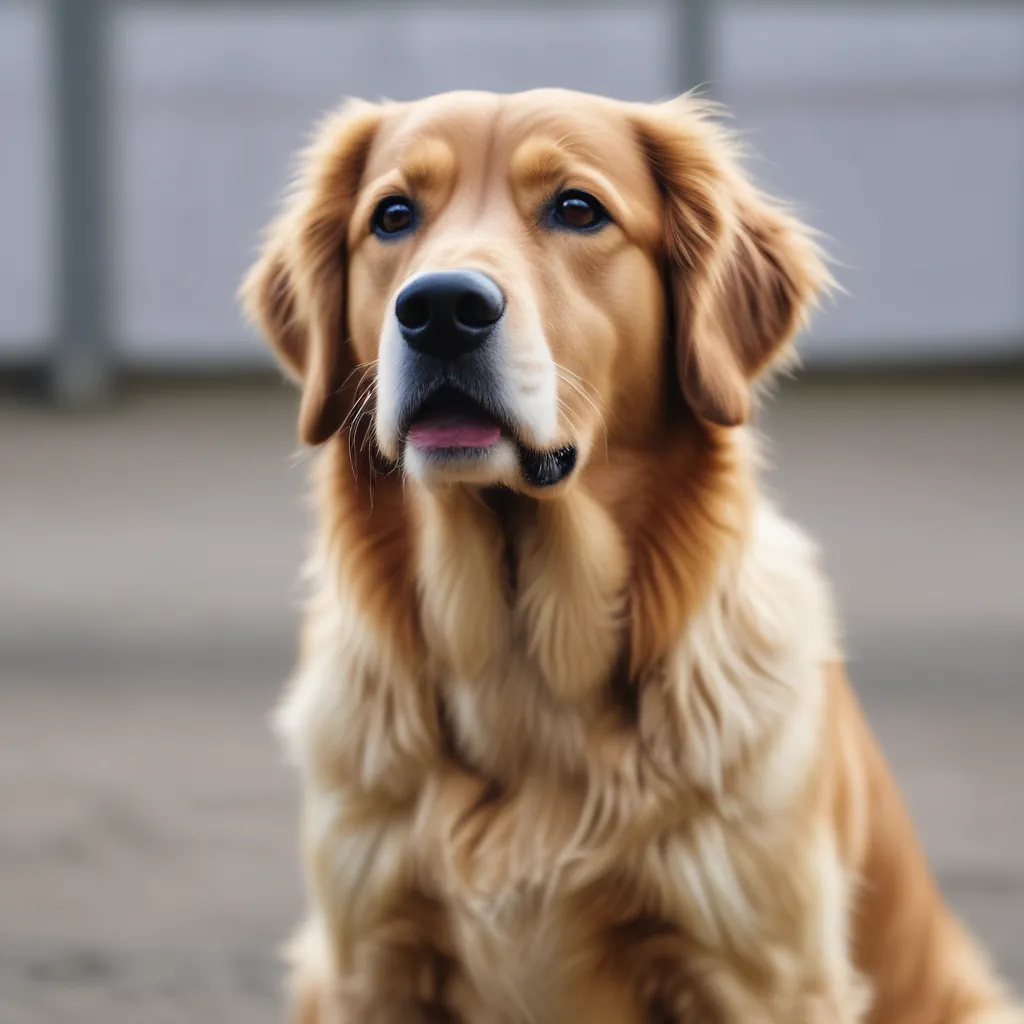
Lack of Training and Socialization
Dogs that are not properly trained and socialized may develop aggressive behavior towards their owners. Without proper training, dogs may not understand what is expected of them, leading to frustration and aggression. 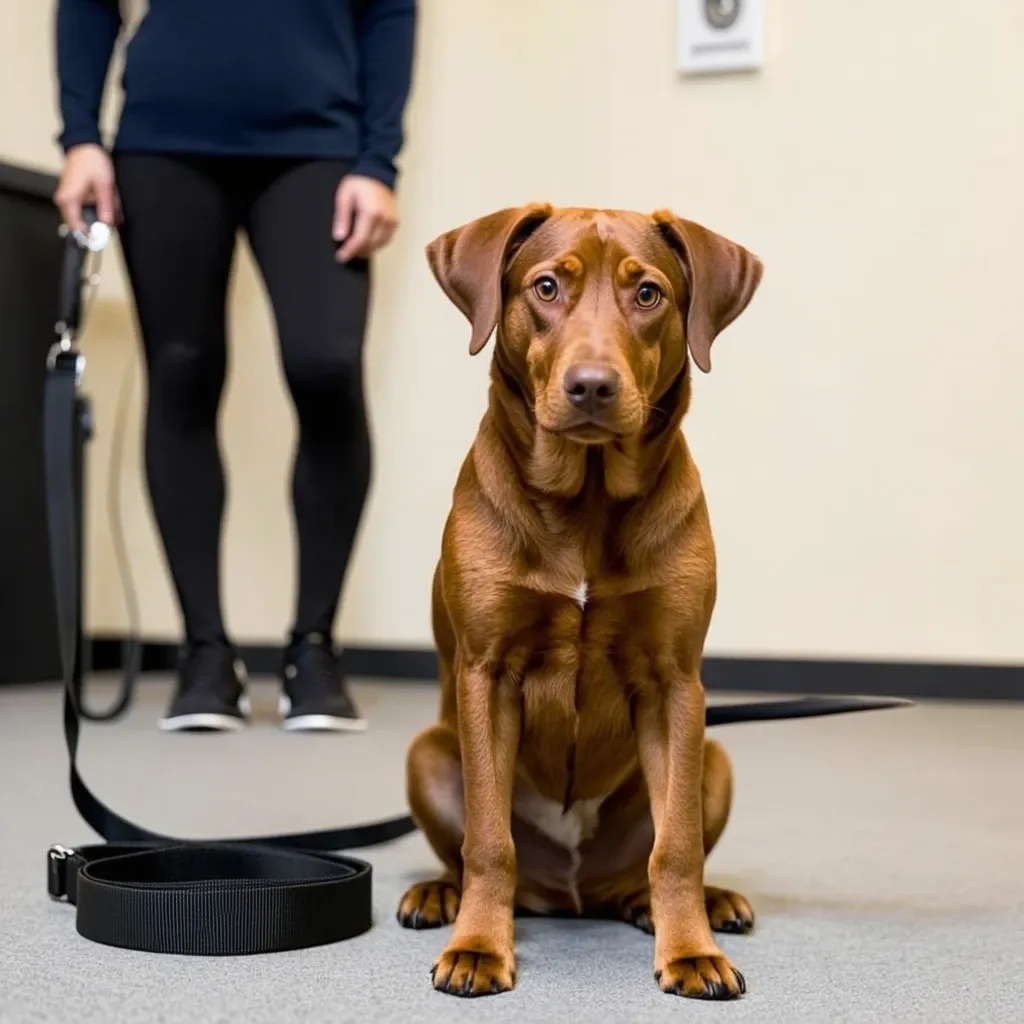
Fear and Anxiety
Dogs that are fearful or anxious may become aggressive towards their owners. This fear and anxiety can be caused by a variety of factors, including loud noises, new environments, and strangers. 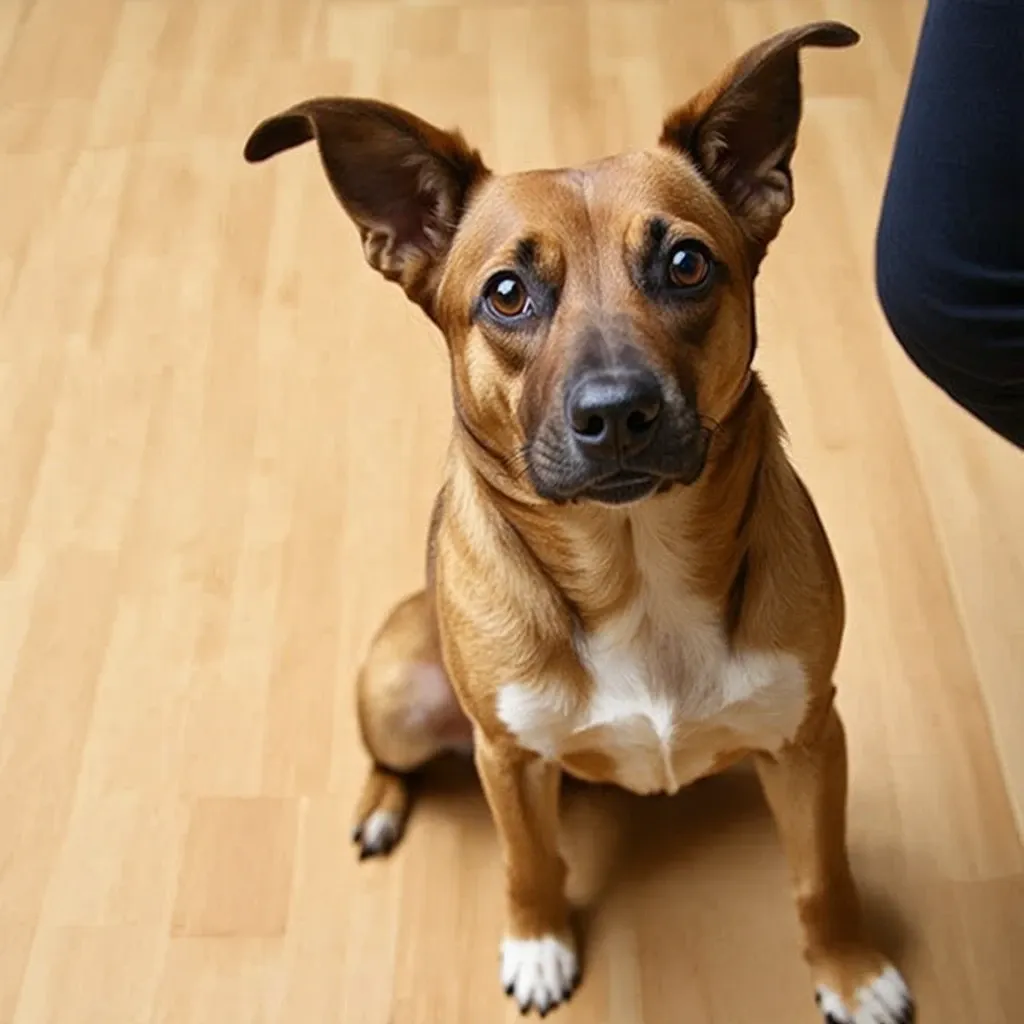
Dominance and Assertiveness
Some dogs may develop aggressive behavior towards their owners due to dominance and assertiveness issues. This can be caused by a lack of clear boundaries and leadership from the owner. 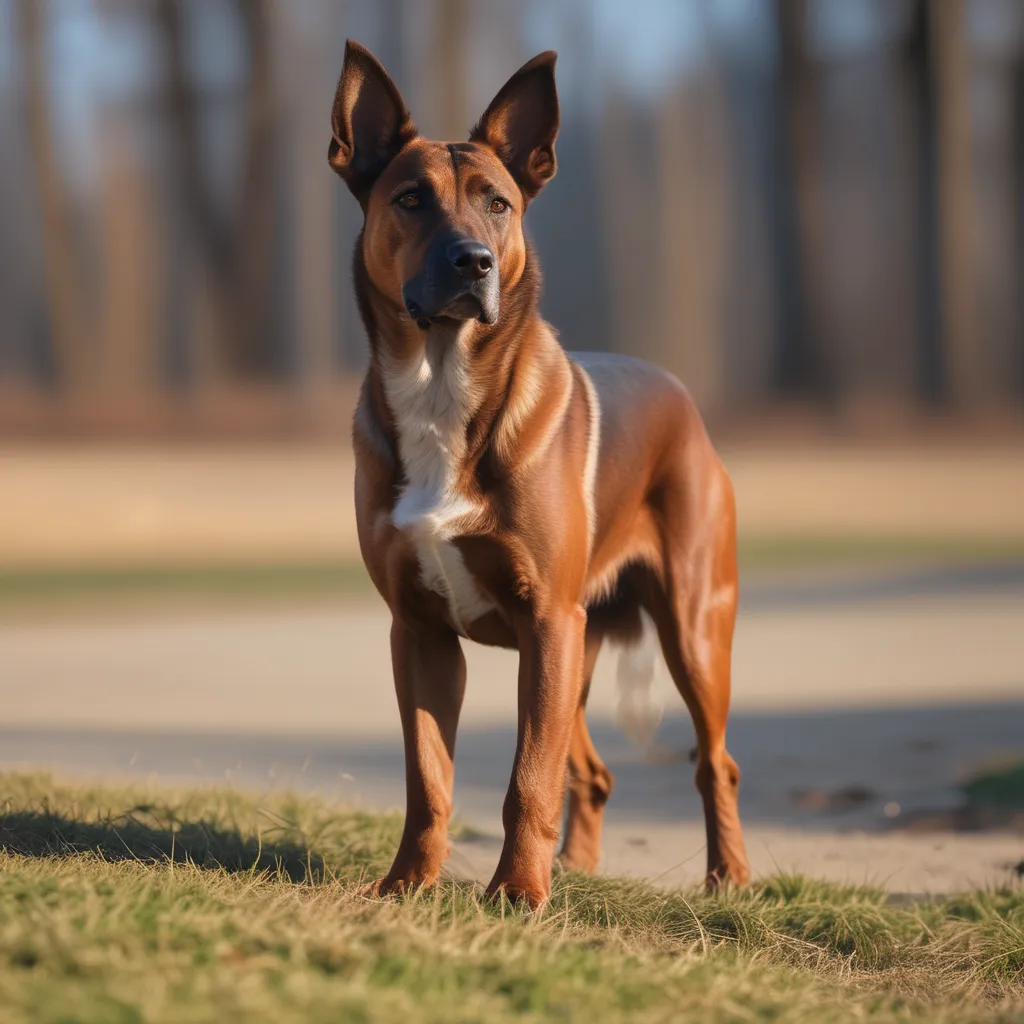
Breed Characteristics
Certain breeds of dogs are more prone to aggression due to their original purpose and breeding history. For example, guard breeds such as Rottweilers and Doberman Pinschers may be more aggressive due to their breeding history. 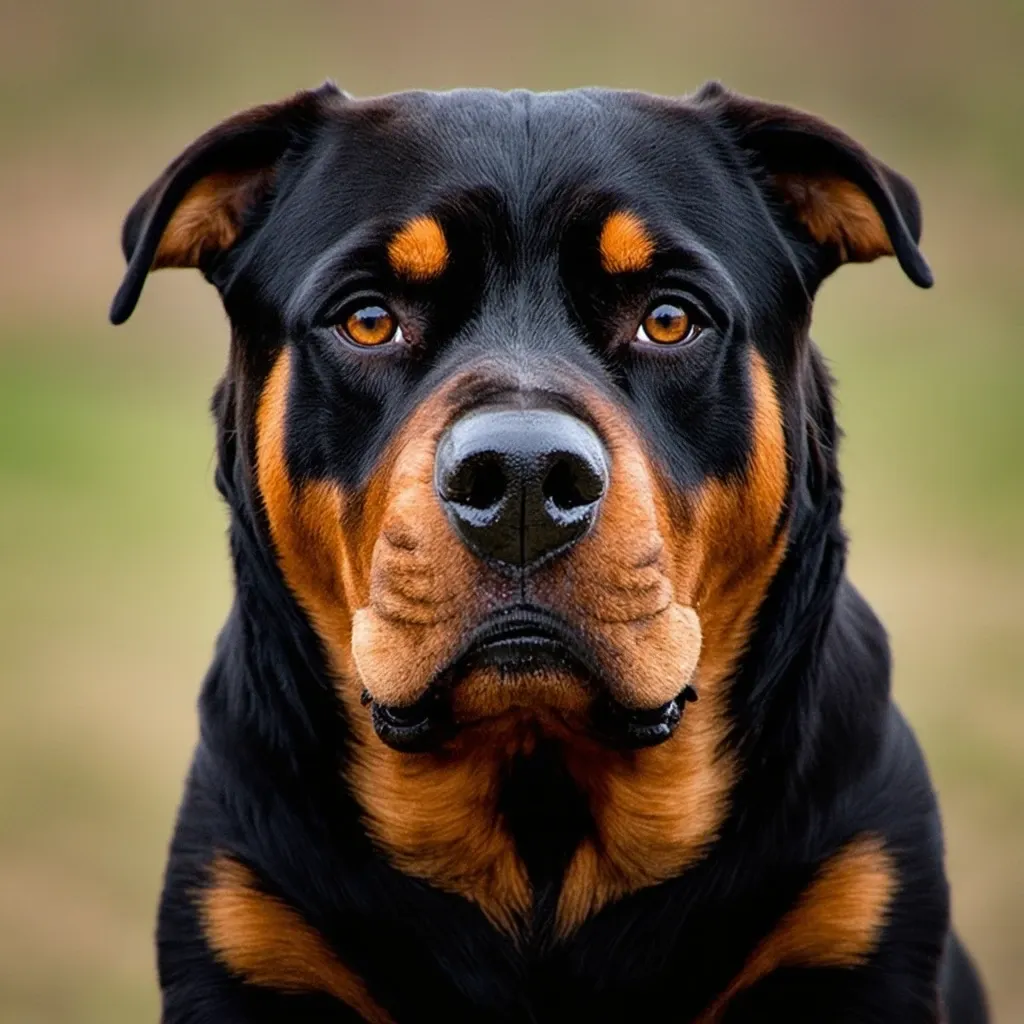
Owner-Dog Relationship
The relationship between the owner and dog can also contribute to dog aggression. Owners who are inconsistent, abusive, or neglectful can create an environment that fosters aggression in their dogs. 
In conclusion, dog aggression towards their owners is a complex issue that can arise from a variety of factors. By understanding these factors, owners can take steps to prevent and address dog aggression, creating a safer and more harmonious relationship with their dogs.
The Role of Genetics and Breed History in Dog Aggression
The role of genetics and breed history in dog aggression is a complex and multifaceted topic. While it is impossible to pinpoint a single cause of aggression in dogs, research suggests that genetics and breed history play a significant role in shaping a dog’s behavior.
The Impact of Genetics on Dog Aggression
Studies have shown that genetics can influence a dog’s temperament and behavior, including aggression. Certain breeds, such as those bred for guarding or fighting, may be more prone to aggression due to their genetic makeup. For example, a study published in the Journal of Veterinary Behavior found that breeds such as the Pit Bull and the Rottweiler were more likely to exhibit aggressive behavior than other breeds.
However, it’s essential to note that genetics is not the sole determining factor in a dog’s aggression. Environmental factors, such as training and socialization, also play a crucial role in shaping a dog’s behavior.
The Role of Breed History in Dog Aggression
A dog’s breed history can also contribute to its aggression. Breeds that were developed for specific purposes, such as hunting or guarding, may be more likely to exhibit aggressive behavior. For example, breeds such as the Doberman Pinscher and the German Shepherd were originally bred for guarding and may be more prone to aggression due to their breed history.
Additionally, breeds that have been developed through selective breeding for specific traits, such as aggression, may be more likely to exhibit aggressive behavior. For example, breeds such as the Pit Bull and the Staffordshire Bull Terrier were originally bred for fighting and may be more prone to aggression due to their breed history.
The Interaction Between Genetics and Breed History
The interaction between genetics and breed history is complex and not fully understood. However, research suggests that genetics and breed history can interact to influence a dog’s behavior. For example, a study published in the Journal of Applied Animal Welfare Science found that dogs that were bred for aggression were more likely to exhibit aggressive behavior, even if they were raised in a non-aggressive environment.
Statistics on Dog Bite-Related Incidents Involving Aggressive Breeds
Dog bites are a serious concern for many people, and certain breeds are more likely to be involved in these incidents. According to various sources, including the National Canine Research Council and the National Safety Council, here are some statistics on dog bite-related incidents involving aggressive breeds:
- In the United States, approximately 4.5 million people are bitten by dogs each year, with roughly 50% of those being children.
- Most dog bites (70%) come from males, and dogs that are not spayed or neutered are more likely to be involved in these incidents.
- Pitbulls are responsible for 66.9% (380) of dog bite-related deaths, making them a breed that is often associated with aggressive behavior.
- Children under 9 years are at the greatest risk of hospitalization due to dog bites, with a prevalence of 17.6 per 100,000.
- Dogs cause about 70% of hospitalizations for animal bites, and liability claims related to dog incidents totaled $1.116 billion.
It’s essential to note that while these statistics are concerning, they do not necessarily mean that certain breeds are inherently aggressive. Many factors contribute to dog aggression, including genetics, breed history, training, and socialization.
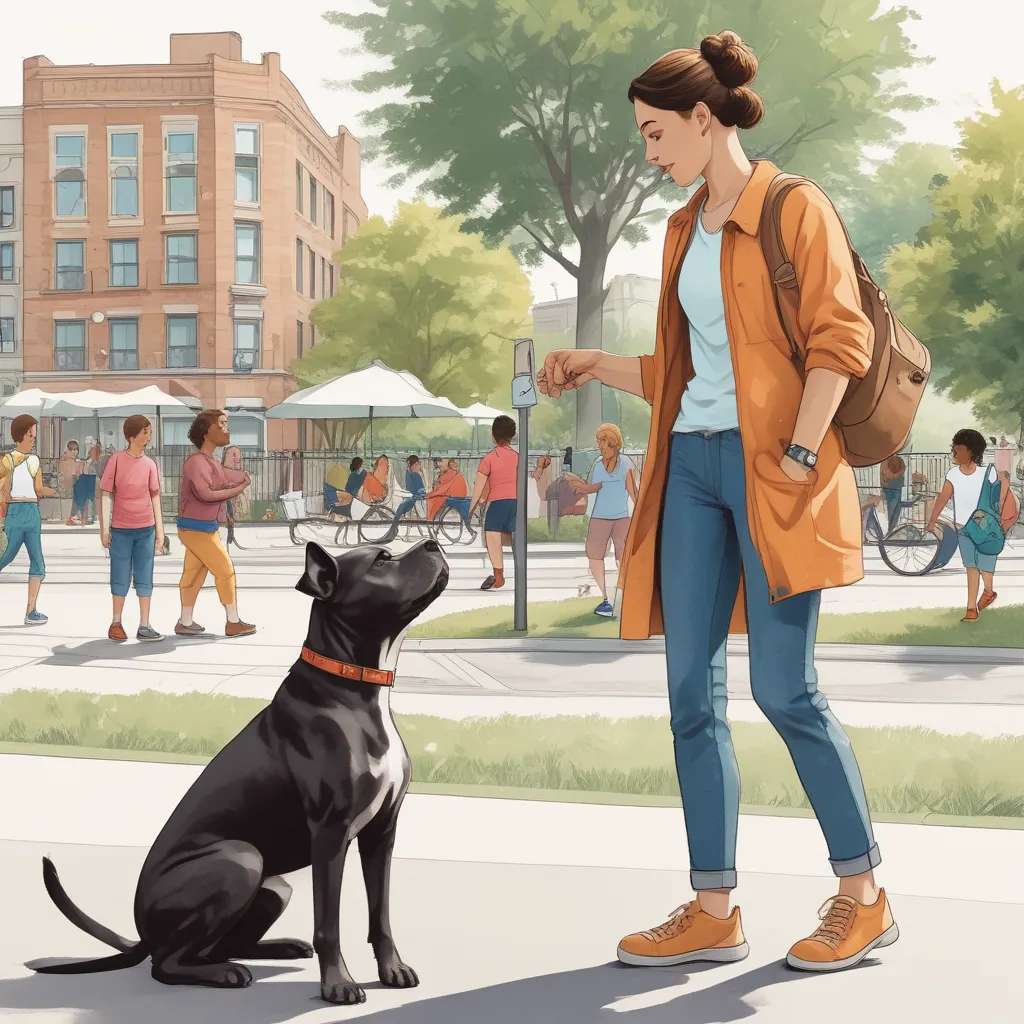
By understanding these statistics and the factors that contribute to dog aggression, we can work towards preventing dog bite-related incidents and promoting responsible dog ownership.
How Proper Training, Socialization, and Responsible Ownership Can Prevent Dog Aggression
Proper training, socialization, and responsible ownership are crucial in preventing dog aggression. By understanding the importance of these factors, dog owners can take proactive steps to ensure their pets grow into well-adjusted and well-behaved companions.
The Importance of Proper Training
Proper training is essential in preventing dog aggression. Training helps to establish a strong bond between the dog and its owner, while also teaching the dog to respond to commands and behave in a desired manner. A well-trained dog is less likely to develop aggressive tendencies, as it is able to understand and respond to its owner’s commands.
Some key aspects of proper training include:
- Positive reinforcement training methods
- Consistent training and socialization from an early age
- Training in a variety of environments and situations
- Avoiding punishment-based training methods
The Role of Socialization
Socialization is critical in preventing dog aggression. Socialization involves exposing the dog to a variety of people, places, and experiences, helping it to become confident and calm in new situations. A well-socialized dog is less likely to develop aggressive tendencies, as it is able to interact with its environment in a positive and confident manner.
Some key aspects of socialization include:
- Exposing the dog to a variety of people, including children and strangers
- Introducing the dog to new environments and situations
- Encouraging the dog to interact with other animals
- Gradually increasing the dog’s exposure to new experiences
The Importance of Responsible Ownership
Responsible ownership is essential in preventing dog aggression. Responsible owners take the time to understand their dog’s needs and provide a safe and nurturing environment. This includes providing regular exercise, training, and veterinary care, as well as ensuring the dog is properly supervised and contained.
Some key aspects of responsible ownership include:
- Providing regular exercise and mental stimulation
- Ensuring the dog receives regular veterinary care
- Supervising the dog at all times
- Containing the dog in a safe and secure environment
The Benefits of Proper Training, Socialization, and Responsible Ownership
By providing proper training, socialization, and responsible ownership, dog owners can help prevent dog aggression and ensure their pets grow into well-adjusted and well-behaved companions. Some benefits of proper training, socialization, and responsible ownership include:
- Reduced risk of dog aggression
- Improved dog behavior
- Stronger bond between dog and owner
- Increased confidence and calmness in the dog
By following these tips and guidelines, dog owners can help prevent dog aggression and ensure their pets grow into well-adjusted and well-behaved companions.
Conclusion
In conclusion, while certain dog breeds may be more prone to aggression towards their owners, it’s essential to remember that any dog can become aggressive if not properly trained, socialized, and cared for. Factors such as genetics, breed history, and environmental influences can all contribute to a dog’s likelihood of turning on its owner.
However, by understanding these factors and taking steps to prevent aggression, responsible dog owners can minimize the risk of their dog becoming aggressive. This includes providing proper training, socialization, and care, as well as being aware of the warning signs of aggression and seeking professional help if necessary.
Ultimately, the key to preventing dog aggression is education, awareness, and responsible pet ownership. By working together, we can reduce the number of dog bite-related incidents and create a safer, more harmonious relationship between humans and dogs.

















